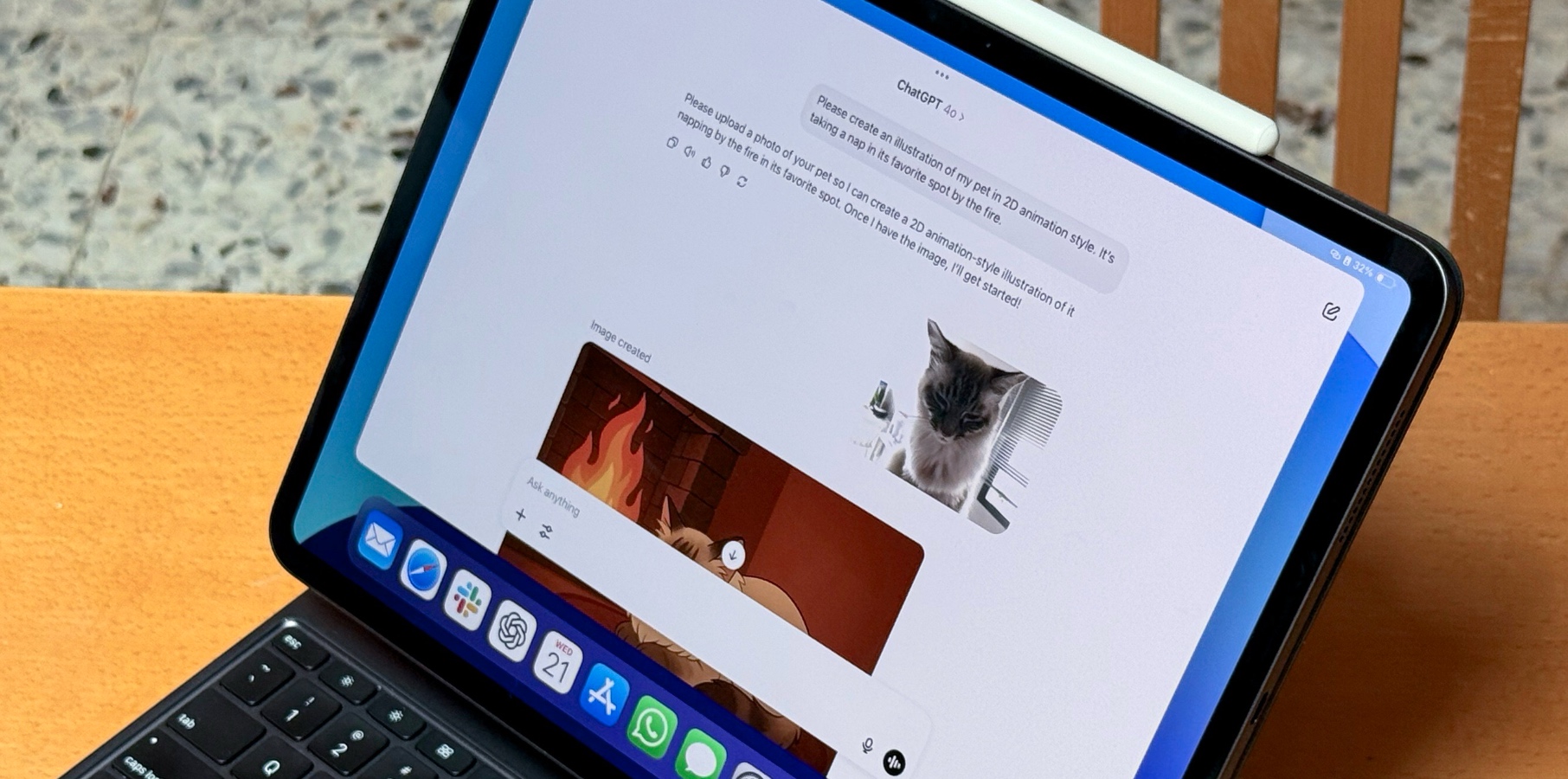0 Reacties
0 aandelen
96 Views

Bedrijvengids
Elevate your Sngine platform to new levels with plugins from YubNub Digital Media!
-
Please log in to like, share and comment!
-
 WWW.PCGAMESN.COMBerry Avenue codes May 2025May 30, 2025:We're keeping things simple with this week's new Berry Avenue code. It's time for some cut and distressed jeans.What are the new Berry Avenue codes?Rather than being a conventional Roblox game that uses tower defense, RPG, or shooting game-style mechanics, Berry Avenue is a playground where you can buy a house, work a job, or drive around without a care in the world looking fabulous.However, you may have noticed that everyone else looks much more stylish than most Roblox experiences. Is this because of the time they spent playing the roleplaysandboxgame or perhaps linked to how much they paid in real-world money? While youre here, you should know that we also keep lists of Blox Fruits codes, King Legacy codes, andAnime Adventures codes to get you some free items and rolls for those games. Continue reading Berry Avenue codes May 2025MORE FROM PCGAMESN: Best Roblox games, Roblox promo codes, Roblox music codes0 Reacties 0 aandelen 95 Views
WWW.PCGAMESN.COMBerry Avenue codes May 2025May 30, 2025:We're keeping things simple with this week's new Berry Avenue code. It's time for some cut and distressed jeans.What are the new Berry Avenue codes?Rather than being a conventional Roblox game that uses tower defense, RPG, or shooting game-style mechanics, Berry Avenue is a playground where you can buy a house, work a job, or drive around without a care in the world looking fabulous.However, you may have noticed that everyone else looks much more stylish than most Roblox experiences. Is this because of the time they spent playing the roleplaysandboxgame or perhaps linked to how much they paid in real-world money? While youre here, you should know that we also keep lists of Blox Fruits codes, King Legacy codes, andAnime Adventures codes to get you some free items and rolls for those games. Continue reading Berry Avenue codes May 2025MORE FROM PCGAMESN: Best Roblox games, Roblox promo codes, Roblox music codes0 Reacties 0 aandelen 95 Views -
WWW.THEKITCHN.COMThe One Thing You Should Never Do with an Induction RangeI cant believe I didnt know this sooner. READ MORE...0 Reacties 0 aandelen 93 Views
-
WWW.THEKITCHN.COMThe 7 Cheapest Grocery Stories in America in 2025 (Yes, Aldi Made the List)Get to know number 3.READ MORE...0 Reacties 0 aandelen 97 Views
-
 BGR.COMios first ChatGPT device will be an ambient computer, but what does that even mean?What began as exciting speculation a few years ago is now reality. Former Apple design guru Jony Ive is building the first ChatGPT hardware device, which should be introduced in 2026. The screenless gadget is meant to be taken everywhere with the user and offer a personal ChatGPT AI experience unlike anything we've seen before.Well, it'll probably feel and work like the Humane Ai Pin gadget that flopped recently, with one massive difference. OpenAI has the resources and expertise to make the ChatGPT io device "just work," to paraphrase Apple.OpenAI bought Ive's startup for $6.5 billion. io and LoveFrom (Ive's other design company) will oversee the ChatGPT io design and manufacturing. Both companies have many well-known employees who previously worked on Apple hardware and software, including products we use today.io has already made a prototype device, which OpenAI's Sam Altman got to try. The CEO praised the gadget without showing it off, and we only got an idea of what it might offer from unofficial reports.A few days later, OpenAI COO Brad Lightcap revealed a major detail about how the ChatGPT hardware will work, given that there's no screen to look at.OpenAI is developing an "ambient computer layer," which aligns with claims that ChatGPT io hardware will have access to contextual information about the user to provide more personal AI assistance. But Lightcap explained the ambient computer concept, and I have to say it's equal parts exciting and worrying.Continue reading...The post ios first ChatGPT device will be an ambient computer, but what does that even mean? appeared first on BGR.Today's Top DealsTodays deals: $15 Amazon credit, $480 AirPods Max, $60 Instant Pot Duo, $228 Sony XM4, moreBest deals: Tech, laptops, TVs, and more salesTodays deals: $149 AirPods 4 with ANC, $199 Bose TV soundbar, $41 mattress topper, $399 Weber grill, moreTodays deals: $15 Amazon credit, rare PS5 Pro sale, $263 HP Stream laptop, $298 Sony XM5 headphones, more0 Reacties 0 aandelen 97 Views
BGR.COMios first ChatGPT device will be an ambient computer, but what does that even mean?What began as exciting speculation a few years ago is now reality. Former Apple design guru Jony Ive is building the first ChatGPT hardware device, which should be introduced in 2026. The screenless gadget is meant to be taken everywhere with the user and offer a personal ChatGPT AI experience unlike anything we've seen before.Well, it'll probably feel and work like the Humane Ai Pin gadget that flopped recently, with one massive difference. OpenAI has the resources and expertise to make the ChatGPT io device "just work," to paraphrase Apple.OpenAI bought Ive's startup for $6.5 billion. io and LoveFrom (Ive's other design company) will oversee the ChatGPT io design and manufacturing. Both companies have many well-known employees who previously worked on Apple hardware and software, including products we use today.io has already made a prototype device, which OpenAI's Sam Altman got to try. The CEO praised the gadget without showing it off, and we only got an idea of what it might offer from unofficial reports.A few days later, OpenAI COO Brad Lightcap revealed a major detail about how the ChatGPT hardware will work, given that there's no screen to look at.OpenAI is developing an "ambient computer layer," which aligns with claims that ChatGPT io hardware will have access to contextual information about the user to provide more personal AI assistance. But Lightcap explained the ambient computer concept, and I have to say it's equal parts exciting and worrying.Continue reading...The post ios first ChatGPT device will be an ambient computer, but what does that even mean? appeared first on BGR.Today's Top DealsTodays deals: $15 Amazon credit, $480 AirPods Max, $60 Instant Pot Duo, $228 Sony XM4, moreBest deals: Tech, laptops, TVs, and more salesTodays deals: $149 AirPods 4 with ANC, $199 Bose TV soundbar, $41 mattress topper, $399 Weber grill, moreTodays deals: $15 Amazon credit, rare PS5 Pro sale, $263 HP Stream laptop, $298 Sony XM5 headphones, more0 Reacties 0 aandelen 97 Views -
YBA codes May 2025YBA codes May 2025 As an Amazon Associate, we earn from qualifying purchases and other affiliate schemes. Learn more. May 30, 2025: We're still waiting on a certain social milestone before getting new YBA codes. What are the new YBA codes? Your Bizarre Adventure is an MMORPG that lets Roblox players use unique...0 Reacties 0 aandelen 1K Views
-
When is the next Monopoly Go Golden Blitz event?When is the next Monopoly Go Golden Blitz event? As an Amazon Associate, we earn from qualifying purchases and other affiliate schemes. Learn more. When is the next Monopoly Go Golden Blitz? This special, limited-time event allows players to trade the usually locked golden stickers up to five times a day. This is an...0 Reacties 0 aandelen 1K Views
-
Attack on Titan Revolution codes May 2025Attack on Titan Revolution codes May 2025 As an Amazon Associate, we earn from qualifying purchases and other affiliate schemes. Learn more. May 30, 2025: We've added a new AoTR code ahead of UPD 4 news. What are the new Attack on Titan Revolution codes? There are many anime games on Roblox based on One Piece and...0 Reacties 0 aandelen 1K Views
-
The best Fallout New Vegas modsThe best Fallout New Vegas mods As an Amazon Associate, we earn from qualifying purchases and other affiliate schemes. Learn more. What are the best Fallout New Vegas mods? Despite being over a decade old, Fallout New Vegas enjoys a thriving modding scene that has stood the test of time. In the 12 or so years since we...0 Reacties 0 aandelen 1K Views
-
Slap Battles codes May 2025Slap Battles codes May 2025 As an Amazon Associate, we earn from qualifying purchases and other affiliate schemes. Learn more. May 30, 2025: We've had another good search for fresh Slap Battles codes. What are the new Slap Battles codes? In this Roblox experience, the only thing that matters is getting the most...0 Reacties 0 aandelen 1K Views





